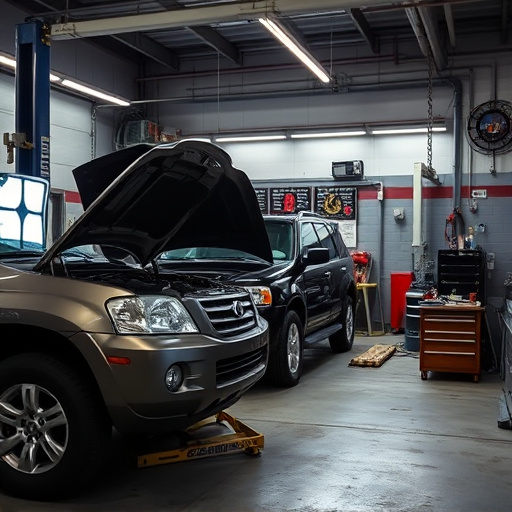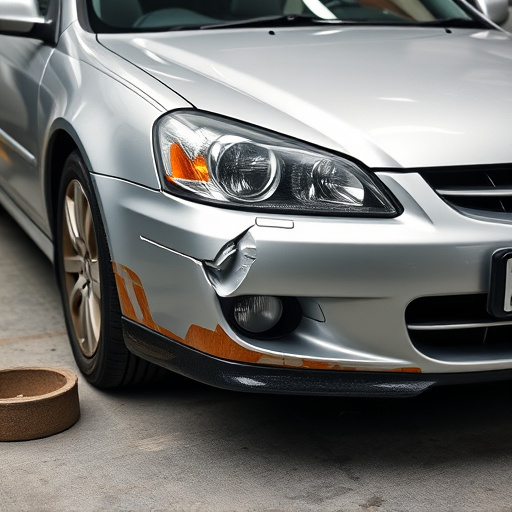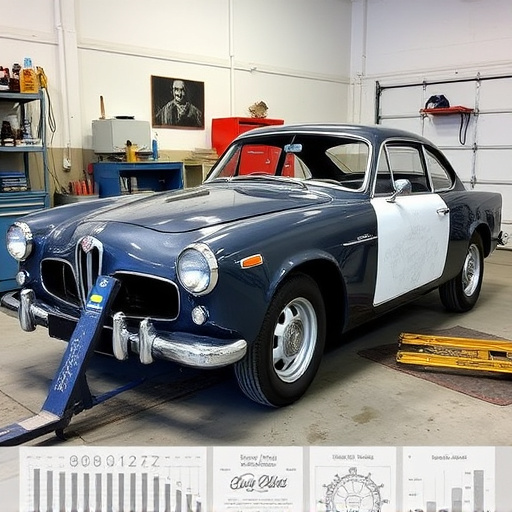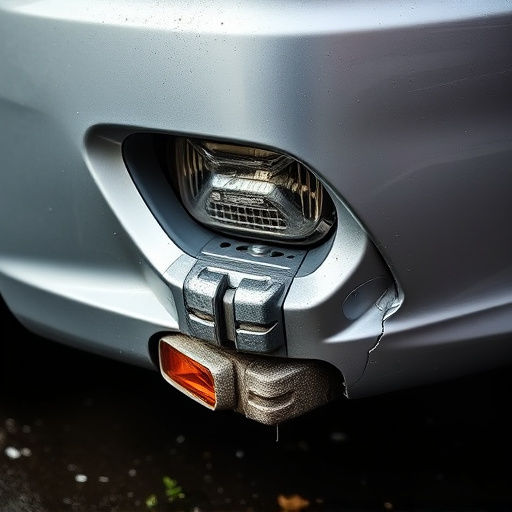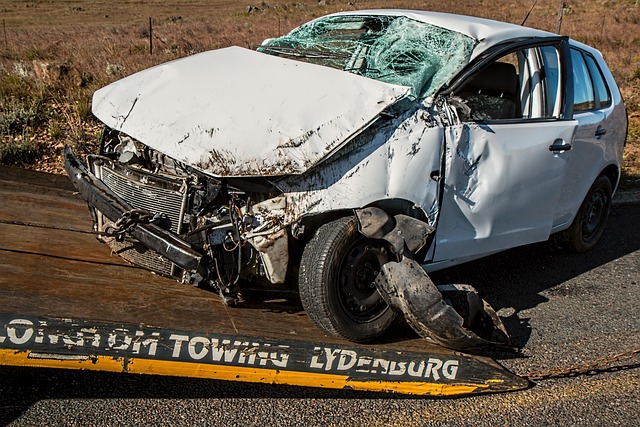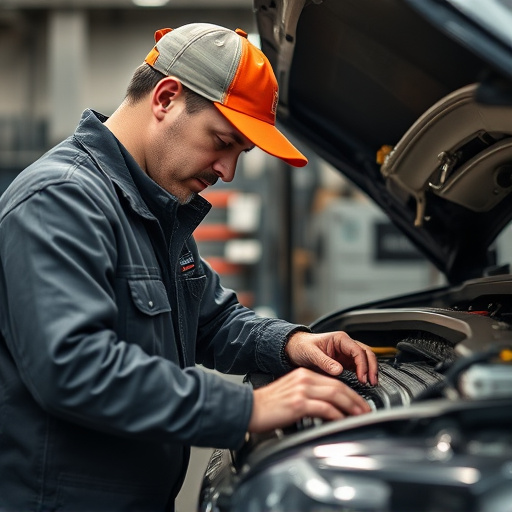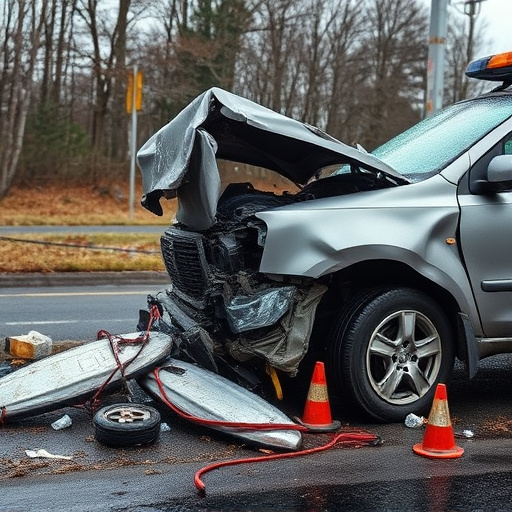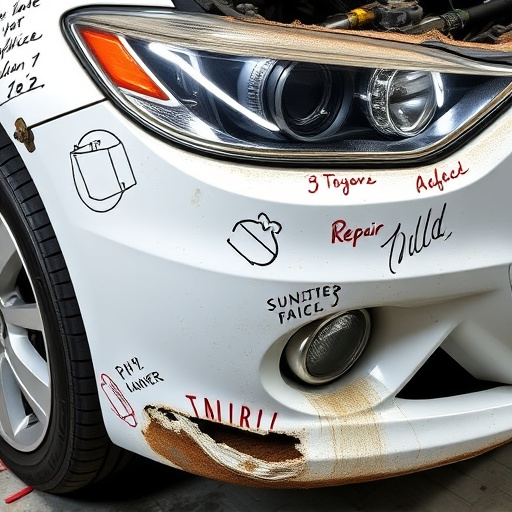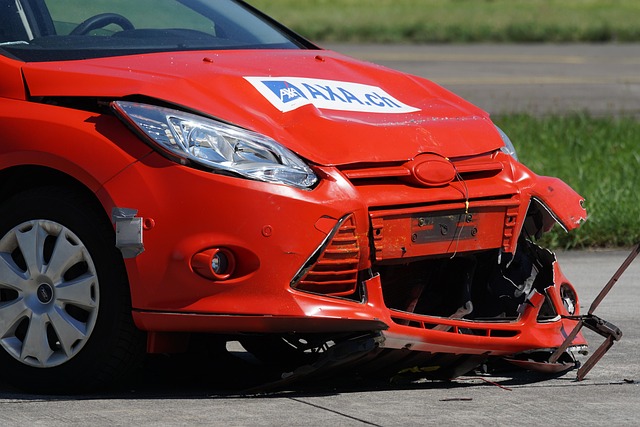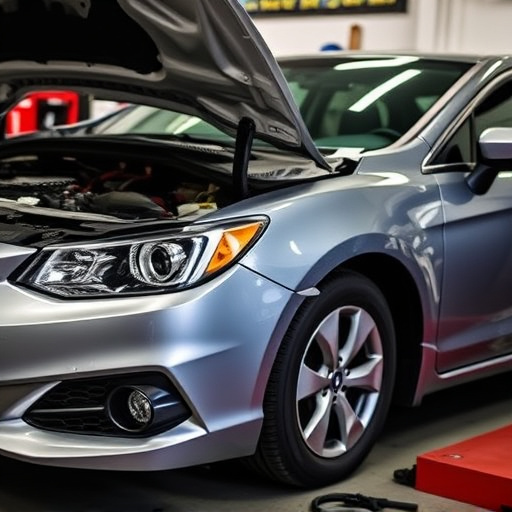Winter conditions create unique challenges for accident repair, including slippery roads, reduced visibility, and complex vehicle damage. Collision centers require specialized techniques, tools, and skilled staff to handle these issues. Harsh winters increase demand, straining services and potentially causing delays. Evolving vehicle technology adds complexity, demanding advanced knowledge and tools for intricate repairs. Strategic planning is crucial for efficient management during peak seasons.
In the cold grip of winter, road conditions transform into a complex web of hazards, making winter accident repair more intricate than ever. Increased occurrences of snow, ice, and fog not only elevate safety risks but also strain existing resources during peak seasons. Meanwhile, evolving vehicle technologies introduce new challenges for technicians, complicating repairs with sophisticated systems and materials. This article explores these factors, providing insights into the unique complexities of winter accident repair in today’s automotive landscape.
- Increased Hazard Conditions: Snow, Ice, and Fog
- Strained Resources During Peak Accident Seasons
- Evolving Vehicle Technologies Complicate Repairs
Increased Hazard Conditions: Snow, Ice, and Fog

Winter conditions, characterized by snow, ice, and dense fog, significantly contribute to making winter accident repair more complex. These hazardous factors create slippery roads, reduced visibility, and challenging work environments for collision repair centers. Not only do they increase the risk of accidents, but they also complicate the assessment and repair process. For instance, damaged cars may sustain unique types of injuries, such as underbody dents from skidding on ice or paint imperfections caused by sudden snowflakes.
Professionals in car body restoration must employ specialized techniques to address these winter-related issues. This includes using advanced tools for vehicle dent repair and ensuring precise color matching during the repainting process. The complex nature of these repairs demands a high level of skill, experience, and attention to detail from collision repair center staff to deliver quality results and ensure customer safety on the road.
Strained Resources During Peak Accident Seasons
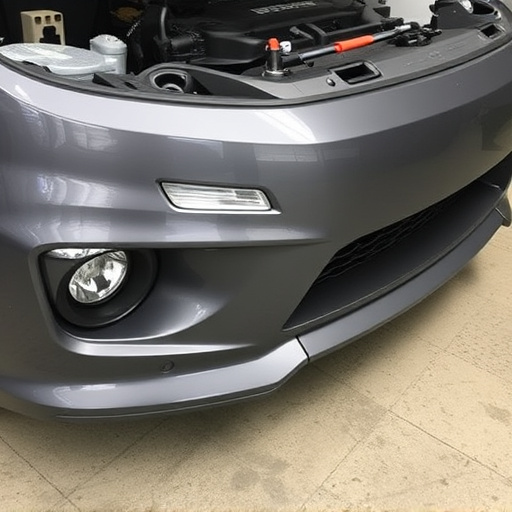
Winter brings unique challenges for both drivers and automotive repair professionals alike, as accidents tend to increase during this season due to icy roads and reduced visibility. This surge in incidents places a significant strain on resources, particularly in regions with harsh winters. Repair shops often experience a influx of damaged vehicles, from minor fender benders to more severe collisions.
With limited capacity and a high volume of work, fleet repair services and specialized car paint jobs may suffer delays. The demand for skilled technicians and quality parts is at an all-time high, making it crucial for automotive repair centers to efficiently manage their operations during peak accident seasons. This often requires strategic planning, additional staffing, and advanced booking systems to ensure timely service for all clients.
Evolving Vehicle Technologies Complicate Repairs
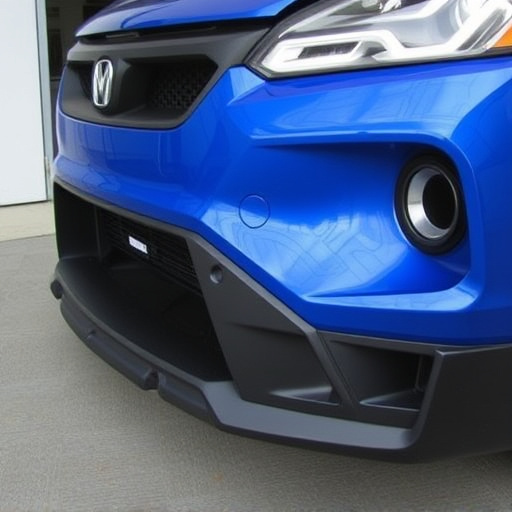
The landscape of vehicle technology has undergone a remarkable transformation in recent years, significantly impacting the realm of winter accident repair. Modern cars are increasingly equipped with sophisticated systems, from advanced driver-assistance features to complex electronic controls. While these innovations enhance safety and driving experiences, they also introduce unique challenges for car body shops when repairs are needed.
As vehicles become more technologically advanced, the process of diagnosing and repairing damage becomes more intricate. Issues that were once straightforward, like a simple bumper repair or fixing a dented fender, may now involve sophisticated sensors, computer modules, and interconnected networks within the vehicle’s bodywork. This complexity requires specialized knowledge and tools to ensure accurate repairs without disrupting the car’s overall performance and safety systems.
In today’s digital age, winter accident repair faces unique challenges due to harsh weather conditions, heightened accident rates during peak seasons, and the complex interplay of evolving vehicle technologies. Navigating these complexities requires a sophisticated approach that prioritizes safety and efficiency. As we move forward, understanding and adapting to these factors will be crucial for ensuring swift and effective repairs during the winter months, ultimately enhancing road safety for all.

